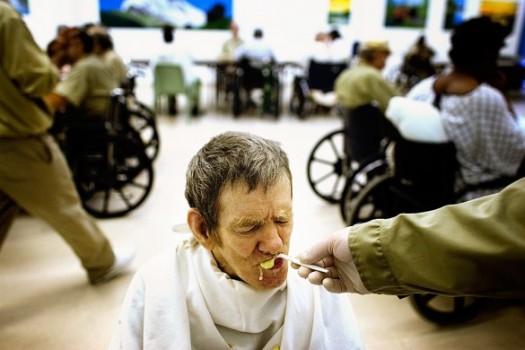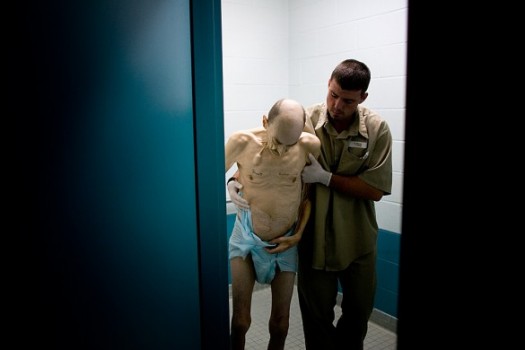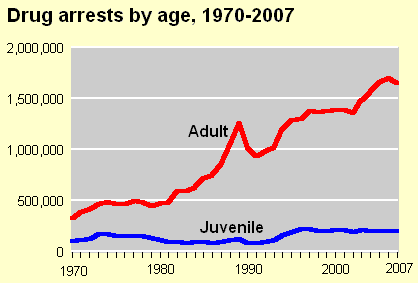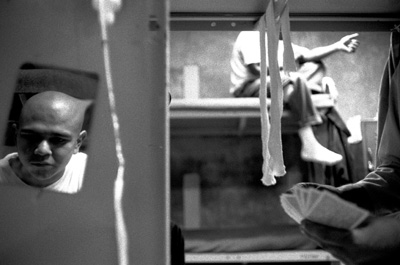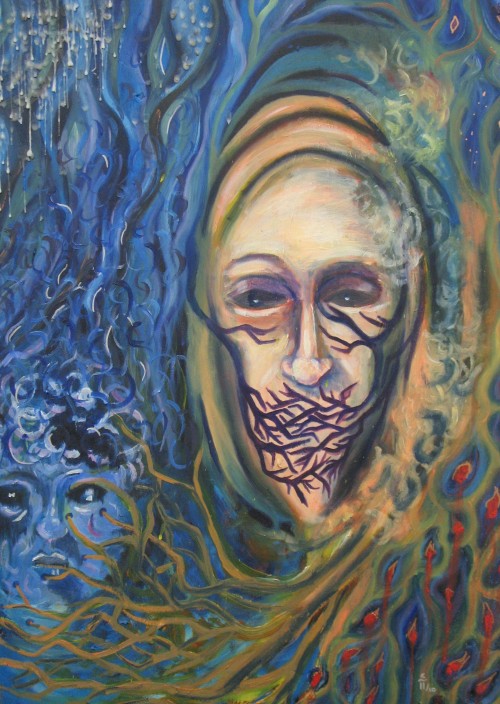I don’t know how many people are going to admit to watching Flavor of Love. I have to say that I, for one, have not watched a single episode. I am, however, surrounded by young women who LOVE the show. I am not going to take up valuable space to deconstruct that. Well at least not today.
But for those who do watch the show, you’ll be happy to know that Saaphyri Windsor is out of prison after 22 months and VH1 was there to get her “exclusive” post-incarceration interview.
If I have never watched Flavor of Love and never heard of Saaphyri, why in the heck would I be blogging about this? The answer is simple; #1. Some of the young people that I work with are starting to read this blog (got to appeal to their demographic :); #2. More seriously, she has a couple of interesting reflections about her incarceration that serve to de-glamourize the experience. I am currently on a one woman mission to discredit the Lil’ Wayne Incarceration Road Show which I believe is having a negative effect on young people of color in particular. When the young black and brown people that I work with go to prison, their experiences are NOT rosy. It is an oppressive and destructive experience. Prison is NOT a country club so I will continue to highlight the experiences of so-called “celebrities” who come out of prison to KEEP IT REAL!
First a short comment on the photograph that VH1 chose to feature in their story about Ms. Windsor. Can I get a witness my sisters? What’s up with the neck-rolling, teeth sucking photo? As a Black woman, I expect that we are not going to be accurately reflected in the media. But please… VH1 can we find another photo that will not reinforce the negative representation of black women?

Here are some of the key parts of the interview that are relevant to what I wanted to underscore:
Give me a sentence or a word that sums up the prison experience.
Boring. Boring. Boring. And turnt up. I think I’ll had to be a little bit more turnt up than normal. Or turnt down.
What does that mean?
Just a little but more on P’s and Q’s. Watching yourself a lot. I mean, I didn’t really have any problems with inmates. It was boring. I felt like my whole life was on pause. So when Buckwild and my other friend Shay came and picked me up from prison, I ran my mouth like the whole time. Five or six hours straight because it seemed like I had all these words to let out that I hadn’t let out.
How were you feeling when you left?
I would say it was euphoric and it was almost like as soon as you leave it becomes a dream, like Biggie, “It was all a dream.” It was all a dream!
In part two of her interview, Saaphyri goes into greater depth about her prison routine and experience:
What’s your day-to-day life like in prison? Take me through an average day.
I had two different things that I had to do. The first was I went to Fire Camp. Now let me tell you about Fire Camp. First of all, I am not athletic! [Laughs] I don’t know if you could tell by looking at I Love Money. But I am not athletic! So it was this program called Fire Camp where you could get out of prison early if you go and fight fires. First I joined up because I wanted to get out early. Well it’s mid-July. They have us waking up at 5 o’clock in the morning, running around a track and stuff. You’re supposed to do a mile—a mile!—in under ten minutes. I can’t run at all, under no minutes. Then they have you doing burpies, you know what burpies are?
No.
Child, let me tell you. Burpies, those are those things in the military where you have to fall down on the ground, do three push-ups, do some mountain climber thing and then jump back up and do a jumping jack, then go back down to the ground. OK, so they had us in like it was military training. And not only that. It was like a hundred degrees. And we’re doing this stuff. Now after fire camp, I crumble out there because, like I said, I wasn’t athletic. I was like, “I am not going to be able to get out early, since I am not athletic. That’s not right.” But anyway, then the next situation when you’re there is, they make you work. They turn people into slaves, Rich. And when I say work, they make you work doing dumb stuff. I had like six jobs, I kept getting fired.
Why did you keep getting fired?
Because I didn’t want to do it!
Did you have an attitude?
No, I didn’t have an attitude. I had situations where my body wouldn’t want me to work. And Rich, let me tell you how much they pay you. They pay you a whopping—whopping!—18 cents an hour. You would have to wake up at 5 o’clock in the morning. This this C.O. comes, and he shines a bright light. Everyday it’s like you’re in a Nazi camp, because he’s coming and shining this bright light in your face early in the morning so you can wake up and go to your quote unquote “job” so you can get paid. I worked in like the kitchen as the server. And the people steal food. They steal a lot of food. [Laughs] And they sell it! You have people selling pancakes! And peanut butter! And potatoes! They sell this stuff, right? And the potatoes, they sell for more, and you try to buy them they stab you in your gums. So then they would have to go to the emergency from getting stabbed from potatoes.
How much does a potato go for in jail?
They go for a noodle—a noodle is 25 cents. [Laughs] Top Ramen are precious items in prison! It’s like the barter system, because you don’t get actual money. Everything is traded for like noodles, hygiene products, stuff like that. It’s crazy. Food is like the utmost important thing in the world.
Then what do you do with it? Do you hide that in your cell?
Yeah you keep in your cell. You have it in your locker. I was not stealing any food out of the kitchen. I was trying to not eat anything, so the good thing about prison is that I lost weight.
Now on the surface, this is just another puff piece interview and it reads as though Ms. Windsor was having a lot of fun with her interviewer and yet in her own way she has offered an important critique of the prison industrial complex. She complains that prisoners were treated like “slaves.” She points out the unfairness of being forced to work for $0.18 cents an hour. She discusses the connection between prison culture and military culture. She addresses the barter economy that develops in prison because people have to do what they have to do to survive. Food is a premium item on the inside. It’s worth reading both parts of her interview. There are certainly problematic aspects of it but I choose not to comment on those here. Perhaps another time….
If you are curious about some of the memorable jailhouse interviews that have occurred, this is a handy list.
